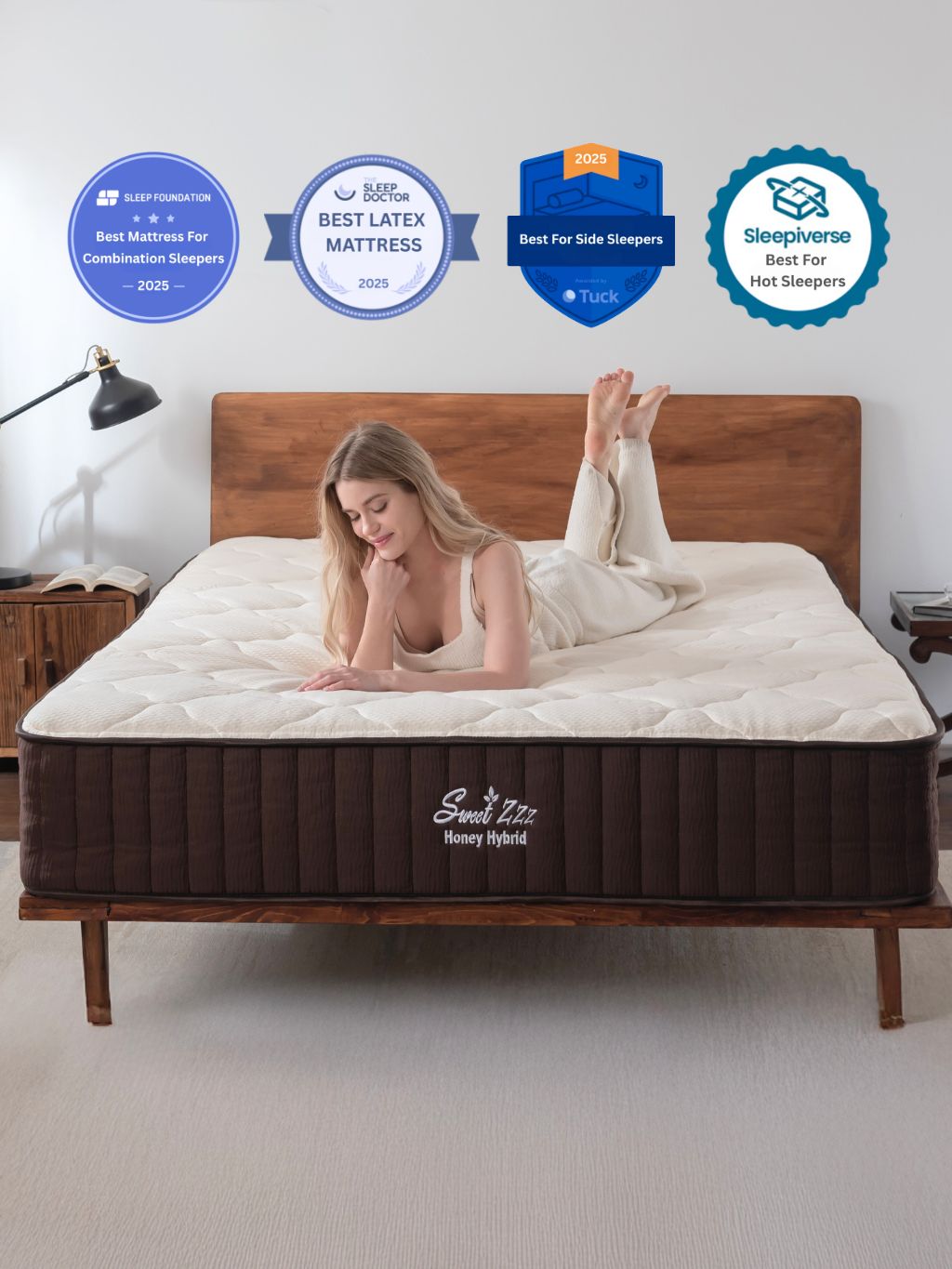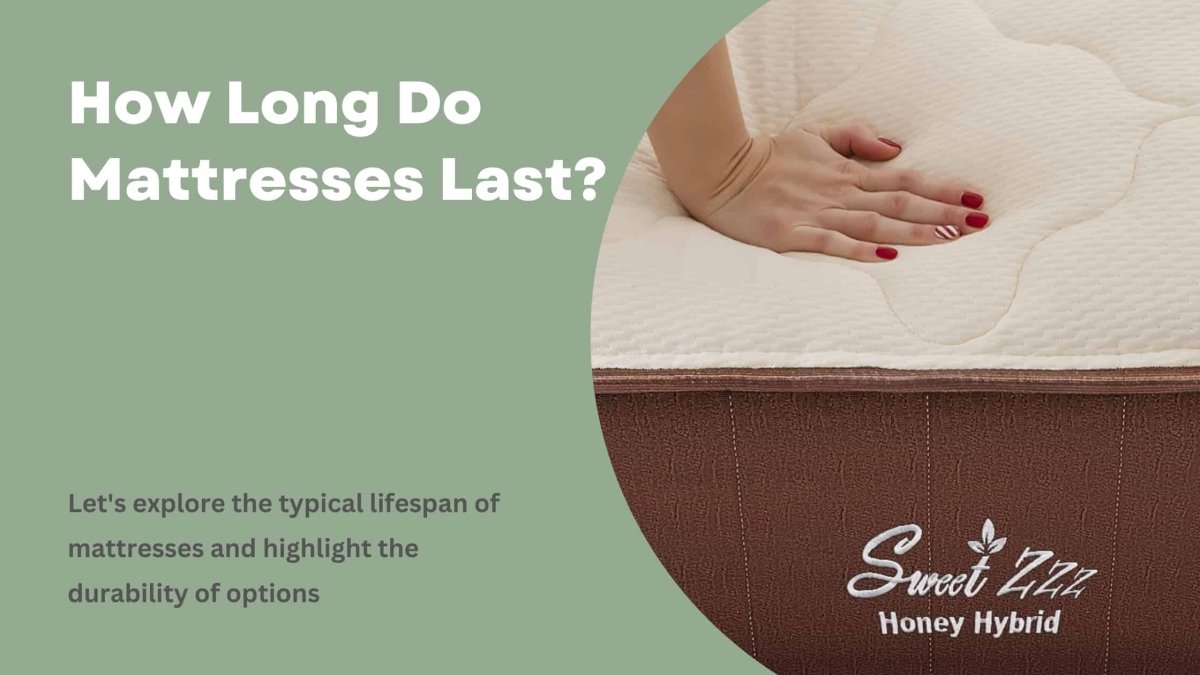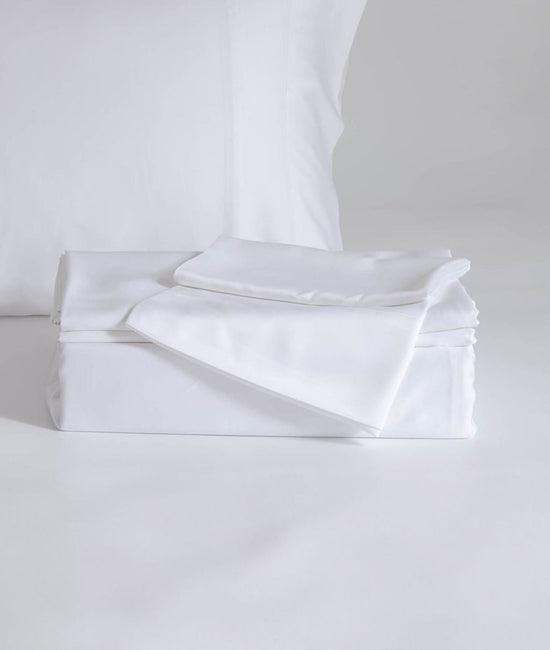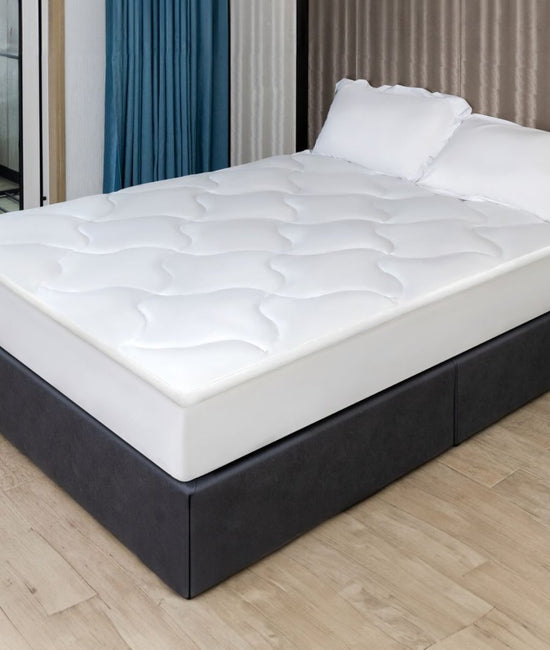What Happened to Waterbeds?
Waterbeds, once a symbol of the cutting-edge bedroom luxury in the 70s and 80s, have seemingly drifted into obscurity. This prompts the question: what happened to waterbeds? Why did these once-popular bedroom fixtures, known for their novelty and comfort, experience a decline? Let's dive into the rise and fall of waterbeds, explore the current status of waterbed mattresses, and answer the question: do they still make waterbeds?
The Rise of Waterbeds
In their heyday, waterbeds were not just a piece of furniture but a cultural phenomenon. The allure of a waterbed mattress lay in its unique floating sensation and the promise of better back support. They were seen as a symbol of modernity and even a fashion statement.
Factors Leading to the Decline of Waterbeds
- Maintenance and Practicality: One of the biggest downsides of waterbeds was their maintenance. They were prone to leaks and required a stable, sturdy base due to their weight. The effort involved in setting up and maintaining a waterbed deterred many potential buyers.
- Changing Consumer Preferences: Over time, consumer preferences shifted towards more minimalist and space-efficient furniture. The bulky nature of waterbeds didn’t fit well with this new trend.
- Advancements in Mattress Technology: The emergence of new mattress technologies like memory foam and latex offered similar benefits to waterbeds (like contouring to the body) without the maintenance hassles. These alternatives provided comfort and support without the complexities of a waterbed.
- Mobility Issues: Moving a waterbed is a significant undertaking. Draining, disassembling, moving, and reassembling a waterbed is a daunting task compared to moving a traditional mattress.
Do They Still Make Waterbeds?
Despite their reduced popularity, waterbeds have not disappeared entirely. Waterbed manufacturers still exist, and you can purchase waterbed mattresses, albeit with less variety than in their peak years. Modern waterbeds have been somewhat redesigned to address some of the maintenance issues and are often targeted at niche markets.
Modern Waterbed Mattresses
Today's waterbeds have evolved. Manufacturers have attempted to mitigate some of the problems that led to their decline, such as using more durable materials to prevent leaks and designing easier-to-maintain systems. However, they still haven’t regained their former popularity.
People focus on organic mattresses as the next best new bed instead:
Conclusion
The decline in the popularity of waterbeds is attributed to various factors including maintenance challenges, shifts in consumer preferences, and advancements in mattress technology. While they are not as common as they once were, waterbeds have not disappeared entirely. For those interested, modern waterbed mattresses are still available, offering a glimpse into a unique part of bedroom furniture history.








